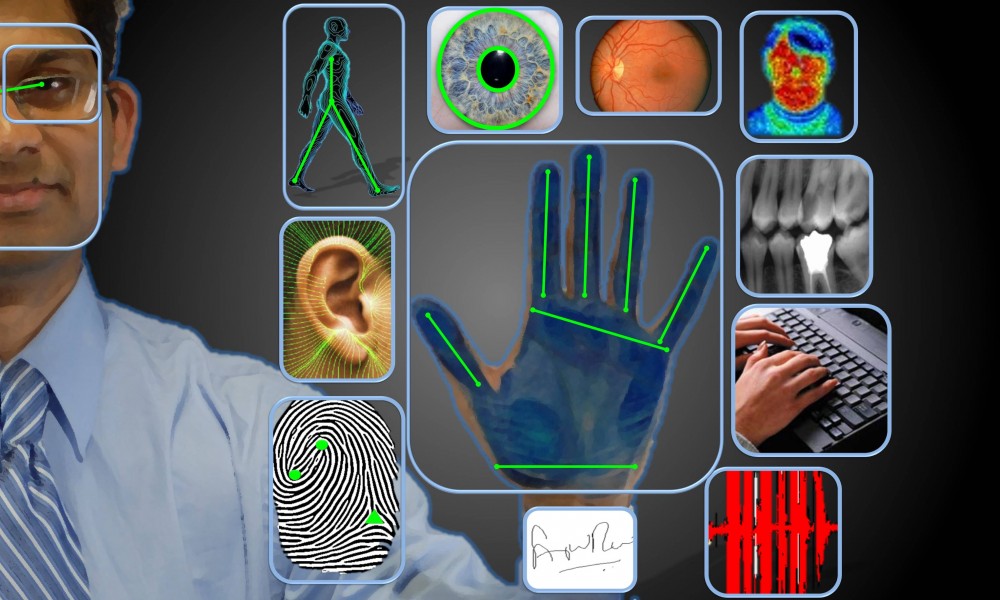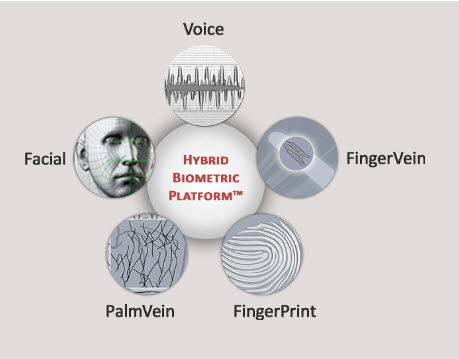A recent article in Scientific American, “Biometric Security Poses Huge Privacy Risks,” explains how a lack of biometric privacy safeguards could provide new threats to “commonly accepted notions of privacy and security.”
In the US, government, law enforcement, and the military are currently the most active in the biometrics arena and are driving innovation. The US and many other countries, for obvious reasons, are becoming increasingly security conscious, and biometric authentication and identification technologies are being rapidly developed and deployed. The US Naval Criminal Investigative Service (NCIS), for instance, sees biometrics as a “force multiplier” as state of the art rapid identification technologies vastly improves counterintelligence, counterterrorism, and criminal investigations.
NCIS uses portable biometric devices in war zones or politically unstable countries to capture face, fingerprint, and iris images which they compare to the DoD’s Automated Biometric Identification System (ABIS) of more than 270 million identity records. The FBI’s Integrated Automated Fingerprint Information System (IAFIS) and the Department of Homeland Security’s Automated Biometric Identification System (IDENT) and others do the same.
Open Software for Biometric Systems
Biometric hardware manufacturers provide and increasing array of sophisticated facial recognition, palm vein, finger vein, fingerprint, and other scanning solutions with software developer kits (SDKs) that work only on their own devices. A new trend in biometric software is toward open platforms, allowing better and more innovative software solutions that make biometric hardware more valuable.
The following video explains M2Sys’ Hybrid Biometric Platform, which recently won the Frost & Sullivan award for innovation.








